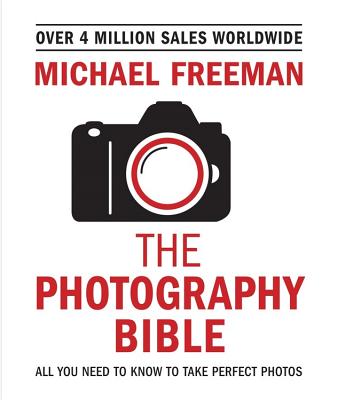











Everyone has taken photos which, for one reason or another, have not turned out as hoped. With this easy-to-use introduction to the key tools and techniques of photo editing. Michael Freeman shows you how to lift your work from good to great, enhancing your images using the powerful capabilities of today's photo-editing software.
You'll learn how to carry out all kinds of edits, from fixing lens distortion and correcting color to touching up a portrait or adding drama to a cloud sky. There's a section on the tools of photo-editing, and another on exciting special effects like solarization or retro processes. Thoroughly illustrated with Michael's own photos and detailed step-by-step excercises, this is the perfect introduction to the possibilities of the digital darkroom.


In this pocket-sized, portable guide, renowned photographer Michael Freeman addresses one of photography's most popular--and challenging--areas: black and white. With advice on lighting, shooting, conversion, and post-production, this is know-how that no photographer can afford to be without. Perfect for the digital photographer who wants to shoot and process RAW files as black and whie images.








Human Rights is an introductory text that is both innovative and challenging. Its unique interdisciplinary approach invites students to think imaginatively and rigorously about one of the most important and influential political concepts of our time.
Tracing the history of the concept, the book shows that there are fundamental tensions between legal, philosophical and social-scientific approaches to human rights. This analysis throws light on some of the most controversial issues in the field: Is the idea of the universality of human rights consistent with respect for cultural difference? Are there collective human rights? What are the underlying causes of human-rights violations? And why do some countries have much worse human-rights records than others?
The third edition has been substantially revised and updated to take account of recent developments, including the 'Arab Spring', the civil war in Syria, the refugee crisis, ISIS and international terrorism, and climate change politics. Widely admired and assigned for its clarity and comprehensiveness, this book remains a 'go-to' text for students in the social sciences, as well as students of human-rights law who want an introduction to the non-legal aspects of their subject.